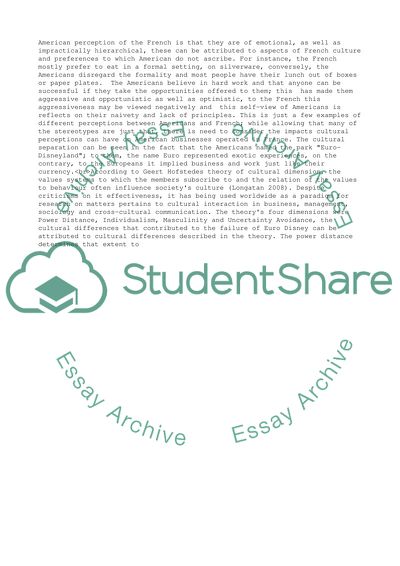Cite this document
(EuroDisneyLand Essay Example | Topics and Well Written Essays - 3000 words, n.d.)
EuroDisneyLand Essay Example | Topics and Well Written Essays - 3000 words. https://studentshare.org/management/1795655-eurodisneyland
EuroDisneyLand Essay Example | Topics and Well Written Essays - 3000 words. https://studentshare.org/management/1795655-eurodisneyland
(EuroDisneyLand Essay Example | Topics and Well Written Essays - 3000 Words)
EuroDisneyLand Essay Example | Topics and Well Written Essays - 3000 Words. https://studentshare.org/management/1795655-eurodisneyland.
EuroDisneyLand Essay Example | Topics and Well Written Essays - 3000 Words. https://studentshare.org/management/1795655-eurodisneyland.
“EuroDisneyLand Essay Example | Topics and Well Written Essays - 3000 Words”. https://studentshare.org/management/1795655-eurodisneyland.


